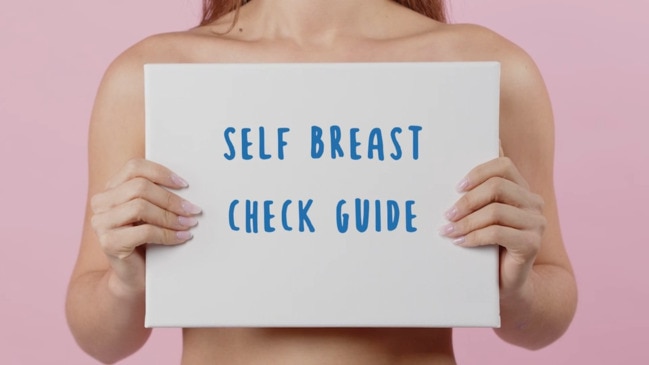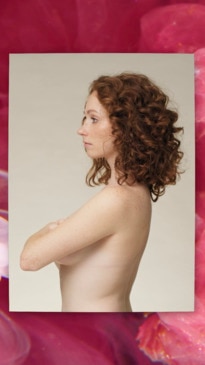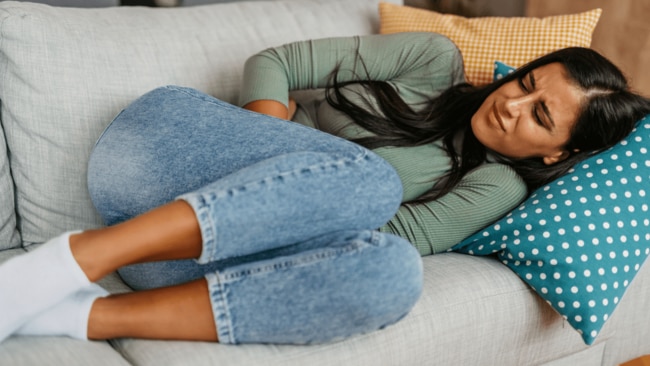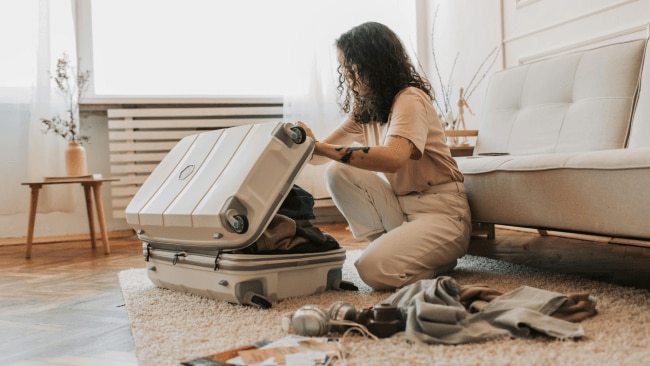‘I was diagnosed with ovarian cancer at the age of 22’
Now, she wants to change the statistics

Lifestyle
Don't miss out on the headlines from Lifestyle. Followed categories will be added to My News.
Chatting with Body+Soul, Emily Jol shares what it was like to be diagnosed with such deadly cancer at the age of 22, and why she approaches life very differently now.
Emily Jol was living life as any young, twenty-something should, enjoying the freedom of adulthood and the start of an exciting career path.
Then, her health began to decline out of the blue – gradually, then all at once. Jol was left feeling desperate for answers and relief, repeatedly turned away from doctors who refused to take her symptoms seriously.
Finally, unable to work, move or keep food down, Jol was left feeling desperate for answers and relief. When her diagnosis finally arrived, the 22-year-old was delivered the shock of her life: She had ovarian cancer.

The signs and symptoms leading to diagnosis
As Jol recalls, she began suspecting something was wrong after experiencing heavy periods that left her housebound – something a friend convinced her she needed to consult a health professional about.
After being sent off for an ultrasound, a routine measure many women take to monitor their reproductive health, a golf ball-sized irregular cyst was spotted on her ovary, “They just told me that it was really normal and just part of being a woman,” she says. “They told me to get on with things.”
Despite what the ultrasound showed, her doctor prescribed her the contraceptive pill after another month of pain, “I couldn't leave the house because I was in so much pain and my bleeding was that heavy,” she says. “When you're 21 and your friends are out having fun, dating, at uni and working, I was noticing that compared to everybody else my age, I was really not doing so well physically,” Jol says.
“Eventually my mom just had to come and get me and bring me home, and take care of me,” she continues, sharing that her mum became her health advocate, taking her to a family doctor and gynecologist, who eventually recommended surgery to remove the cyst.
“They noticed that the cyst was looking a little bit different, and it was starting to change, and then a few days later I was rushed in for emergency surgery,” she says. “They took it out, did a biopsy on it and found that it was a tumour.”

A ‘normal’ part of being a woman
Jol’s diagnosis was unexpected for two major reasons. Obviously, her age (first exhibiting symptoms at age 21) caused not only her, but a series of doctors to discount the possibility of cancer of any sort.
“I remember googling it and thinking that it was a disease for women over 50, and I didn't think that it would happen to anybody my age,” Jol says. “Neither did my doctors, but here we are. It doesn't discriminate, unfortunately.”
Secondly, Jol says the nature of her symptoms – primarily pelvic pain, fatigue and an inability to stomach food – had doctors discount her illness as psychological or a ‘normal part of womanhood’. But there was nothing ‘normal’ about pain so consistent that even getting out of bed was a struggle.
As a result, she had been misdiagnosed with every condition under the sun – from coeliac disease to PCOS, despite her symptoms not aligning with the diagnosis requirements of either –, all the while continuously being told her pain was ‘in her head’.
While shocking, the timing of her diagnosis – at Stage 1A – is the reason she’s still here today, “I'm really, really lucky that they found it when they did, even though it took six months to get a doctor to take me seriously, the fact that they found it at stage one is like a miracle in and of itself,” she says.
Ovarian cancer, the most deadly of all reproductive cancers, has a survival rate of only 49 per cent. Today, as it happens, is World Ovarian Cancer Day, an annual event marked by Witchery’s White Shirt campaign. This year, Jol joins a lineup of high-profile women in raising awareness for ovarian cancer research.
Thankfully, Jol’s surgery was curative, given the stage of her cancer at the time, meaning additional treatment – like radiotherapy or chemotherapy – was not needed for her recovery. Now, at age 26, while remaining vigilant with check-up scans and appointments, Jol is finally able to enjoy her twenties.
“I think when you get sick like that, you kind of start to look at your life a little bit differently and you go with the flow a little bit more,” she says.
“Advocating for your health, even when you are young is so important,” she adds, urging women of all ages to trust their instincts when it comes to their health.
“An early detection test would take so much pressure off me having to get scans all the time, and it means that so many more women would catch it early and survive. We can finally start to change those statistics.”
More Coverage
Originally published as ‘I was diagnosed with ovarian cancer at the age of 22’




